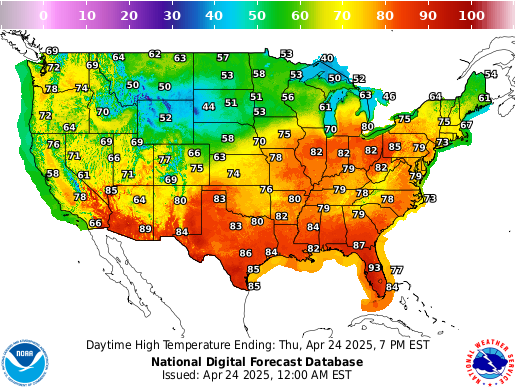
Shifting the Dialogue: Indoor and Outdoor Pesticide Exposure
For many pregnant women, the idea of safeguarding their unborn child often revolves around diet and nutrition. However, biochemist Molly Shave highlights critical evidence that suggests we need to broaden our understanding of what constitutes effective prenatal protection. She emphasizes that most exposure to hazardous pesticides occurs outside the realm of food, particularly for urban women.
Research indicates that women in urban settings are nearly as likely to be affected by pesticide spray from local authorities and nearby neighbors as farmers are at risk from agricultural pesticide drift. This alarming trend necessitates a conversation that goes beyond the grocery store aisles, where the focus often centers on organic versus conventional produce. The truth is, pesticides linger in the air we breathe and the environments we inhabit, often without our awareness.
The Risks of Uncontrolled Exposure
Various studies, including the groundbreaking 2020 investigation, established a worrying trend: urban women exposed to residential pesticides share an augmented risk of childbirth defects—such as a threefold increase in cases of holoprosencephaly—compared to their rural counterparts who are subjected to agricultural pesticide drift. This stark reality urges us to rethink existing pesticide regulations, particularly in communities where urban residents may unknowingly be at risk.
Moreover, the conversation must address how exposure often happens outside of direct control. Women might be practicing optimal health and wellness within their own homes, yet the air filled with invisible chemicals cannot be mitigated simply by adhering to organic food choices. It invites a pressing need for enhanced regulatory measures to control pesticide spraying in urban areas to protect not just pregnant women but the overall public health.
Community Actions: Advocating for Change
What can communities do to collectively tackle this issue? Mobilizing awareness campaigns could help in promoting better local governance regarding pesticide regulation. Engaging community health and wellness centers to provide education on pesticide exposure can motivate a more active stance among residents demanding change. As citizens rise to advocate for stricter limitations on pesticide usage, they can directly influence legislation, generating pressure on local authorities to reconsider practices that compromise maternal and child health.
Furthermore, inviting discussions around natural alternative pest management systems could bring community members together. This approach emphasizes the importance of finding safer solutions, reflecting a commitment to constructing healthier living spaces for everyone, particularly vulnerable populations such as pregnant women and children.
Personal Stories Illuminate the Issue
As we share experiences of those affected by pesticide-related health issues, we not only humanize statistics but also weave a shared narrative that resonates within our communities. For example, take the case of a mother who moved to an urban area only to discover pesticide sprays were a frequent occurrence in her neighborhood. Her quest for a healthier environment led her to become a fierce advocate for change, initiating local petitions and engaging with policymakers.
These stories are vital in shaping public perception and prompting necessary community engagement around pesticide regulations. They reveal the emotional toll on families faced with health complications that could potentially be avoided with stricter control measures. By leaning into personal narratives, we create a broader understanding of the health challenges many face and the collective actions we must take.
Conclusion: Hope for Safer Pregnancies
In conclusion, the urgent need to protect pregnancies must extend to halting the indiscriminate spraying of pesticides in our communities. By acknowledging where the risks lie and generating concerted community actions, we can advocate for proactive measures that prioritize health and well-being. It’s time to work towards an environment where expectant mothers can breathe easier and rest assured that their health—and that of their children—will not be compromised by unseen dangers.
It’s essential for us to take action now. Engage your community, attend local health and wellness events, and advocate for tighter regulations on pesticide usage. Together, we can make a difference.
 Add Element
Add Element  Add Row
Add Row 




Write A Comment